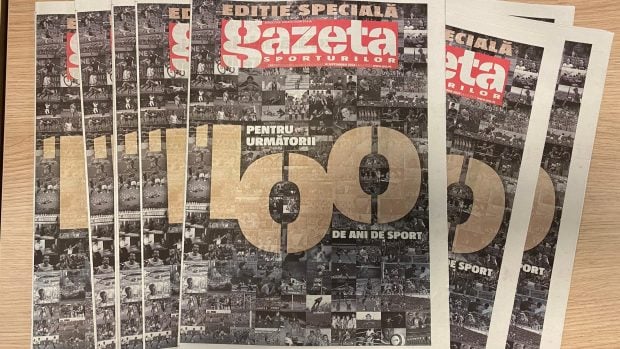Chicken feet sculptures, seven-metre murals and a radical reworking of a forgotten hymn: the Peruvian artist’s new show finds inventive ways into her Quechuan heritage
In 2022, while doing research in a Latin American archive in Texas, the Peruvian artist Claudia Martínez Garay came across a curious musical score. Titled Hanaqpachap kusikuynin, it was a Catholic hymn, thought to be the oldest polyphonic work in Quechua (the group of indigenous languages spoken across the Andes). It was first published in 1631 in a monumental ecclesiastical tome compiled by a Franciscan clergyman. Martínez Garay set about learning to play it on the synthesiser.
The anonymous priests who wrote it had opted for Quechua so, as Martínez Garay puts it, “they could speak to the people”. She noted the way the lyrics adapt Catholicism into Andean cosmovision, a foundational body of myths, rituals, cultural expressions and perspectives on life that differs fundamentally from western worldviews. For example, in the Quechuan lyrics, the Virgin Mary becomes a mountain. “Religion was, of course, a horrible colonial process,” she says, “but it is also a very important part of celebrations within Andean cultures now.”
Mixedness and simultaneity – the necessity of holding multiple points of view at once – are central to Martínez Garay’s work. That reworked hymn features prominently in the soundscape she composed for an animation titled Ayataki (“song for the dead”), one of the works on show at the artist’s solo exhibition at Dundee Contemporary Arts (DCA).


















:format(jpeg):quality(80)/wp-content/uploads/2024/09/edits-for-fanatik-4-6.jpg)


:format(jpeg):quality(80)/wp-content/uploads/2024/09/cafea-turceasca-la-ibric.jpg)

:format(jpeg):quality(80)/wp-content/uploads/2024/09/woman-picking-up-mail-scaled.jpg)
:format(jpeg):quality(80)/wp-content/uploads/2024/09/adrian-mihalcea-1-scaled.jpg)

:format(jpeg):quality(80)/wp-content/uploads/2024/09/f-35.jpg)
:format(jpeg):quality(80)/wp-content/uploads/2024/09/cfr-cluj-fcsb-play-off-superliga-superbet-140420241-scaled-e1726220343337.jpg)

:format(jpeg):quality(80)/wp-content/uploads/2024/09/hrean-castraveti-in-otet.jpg)